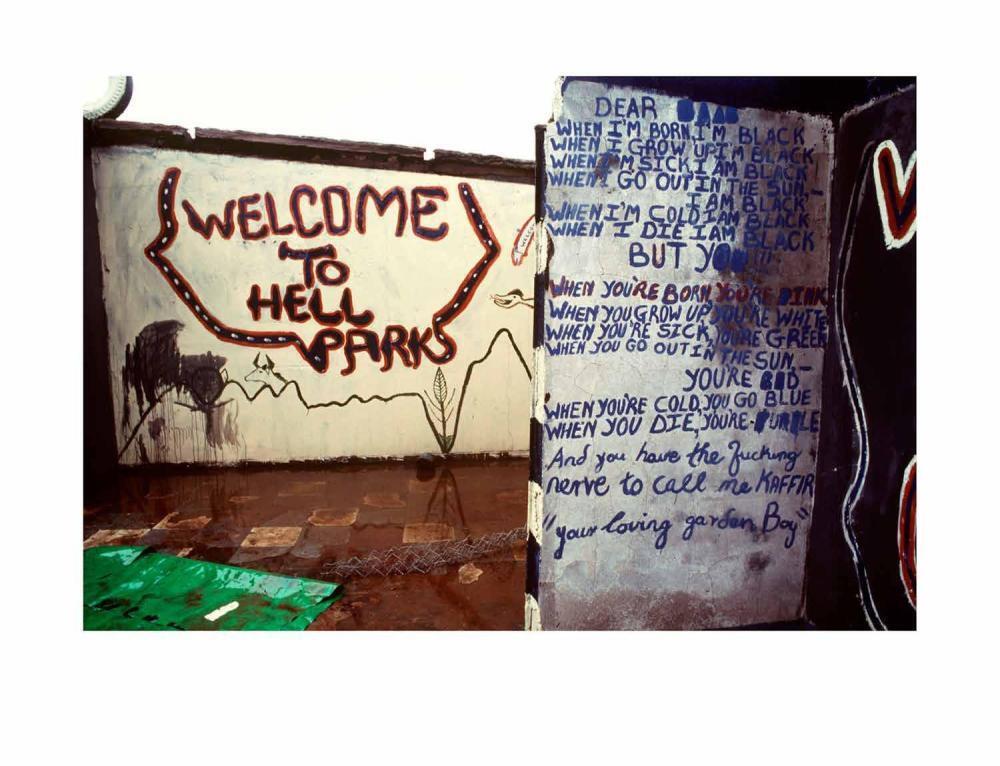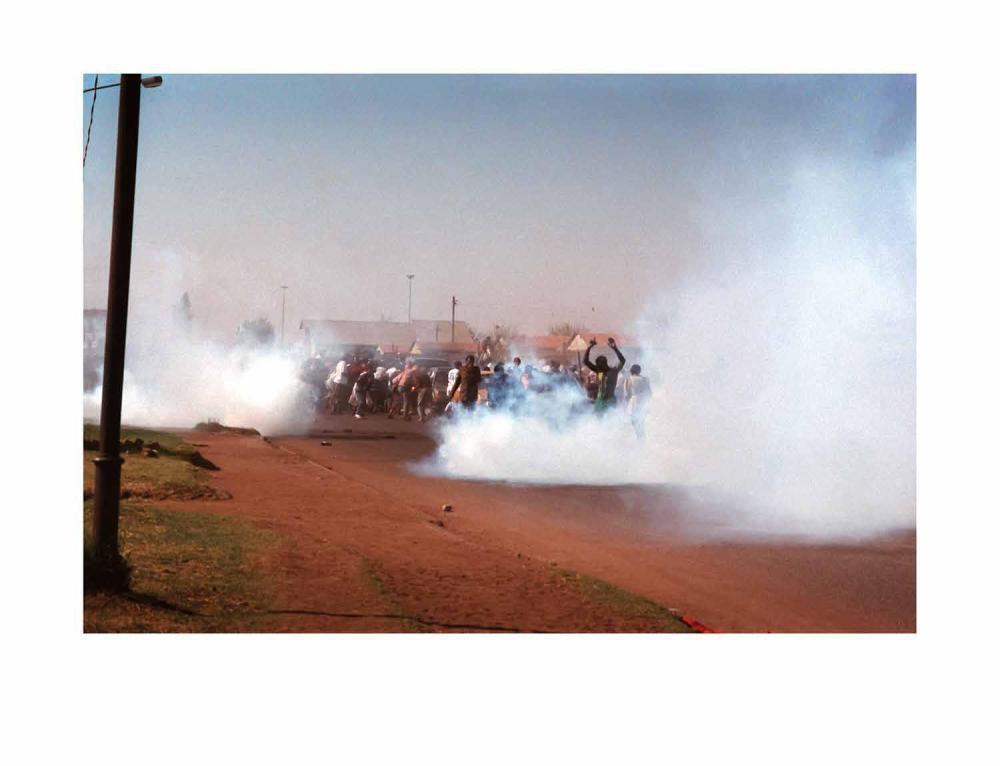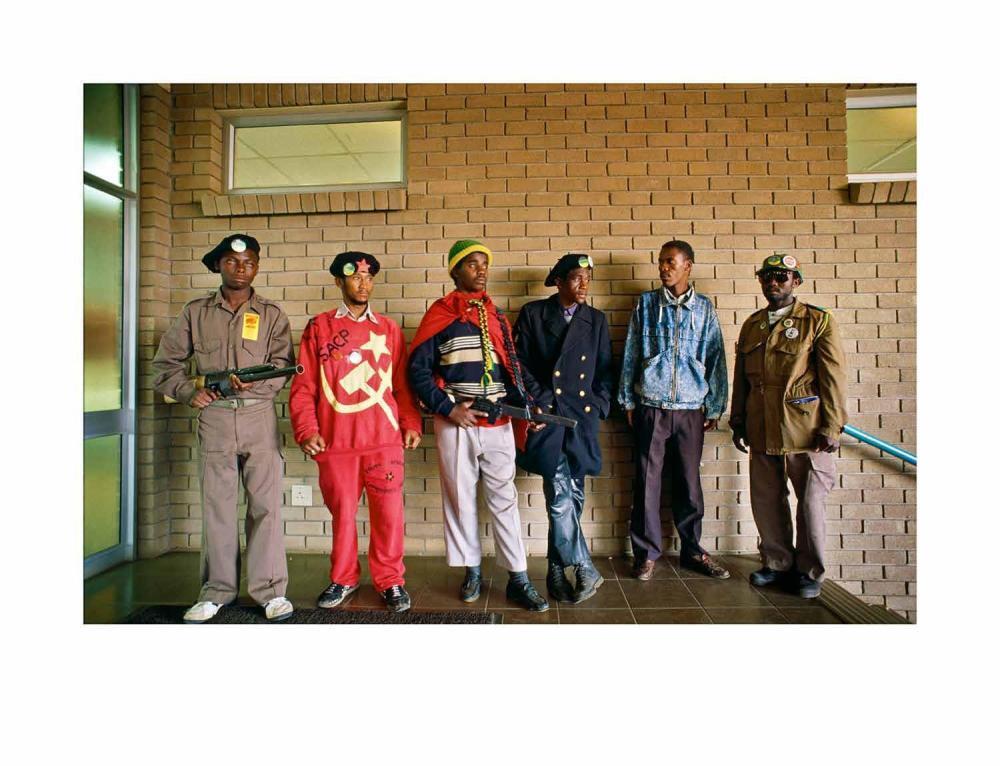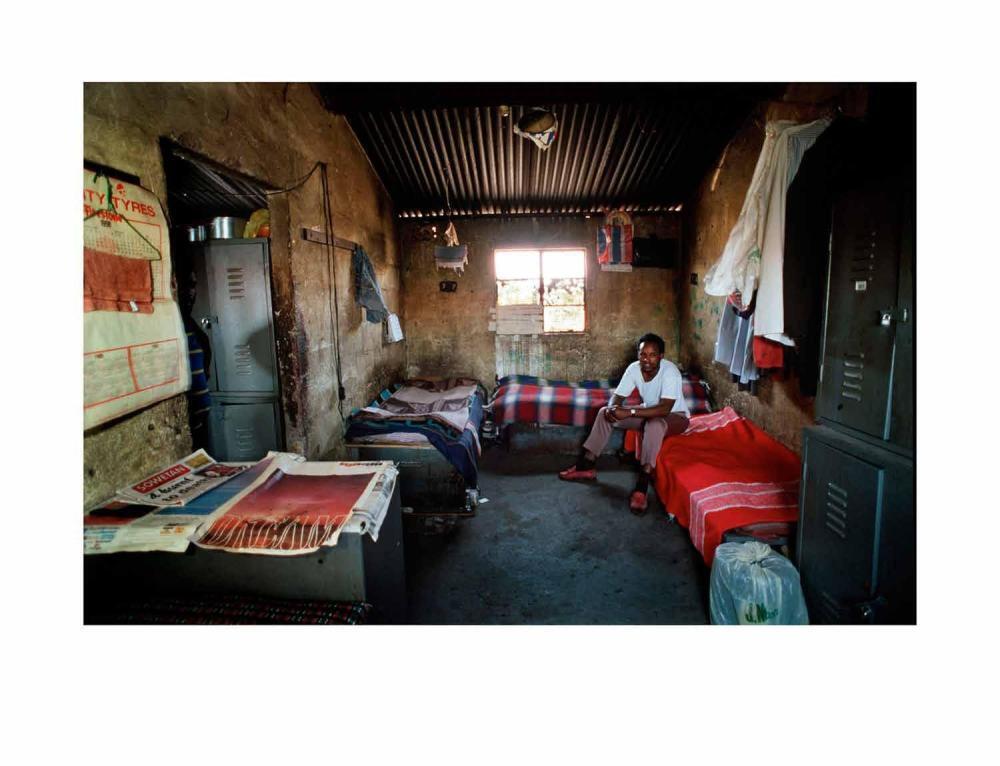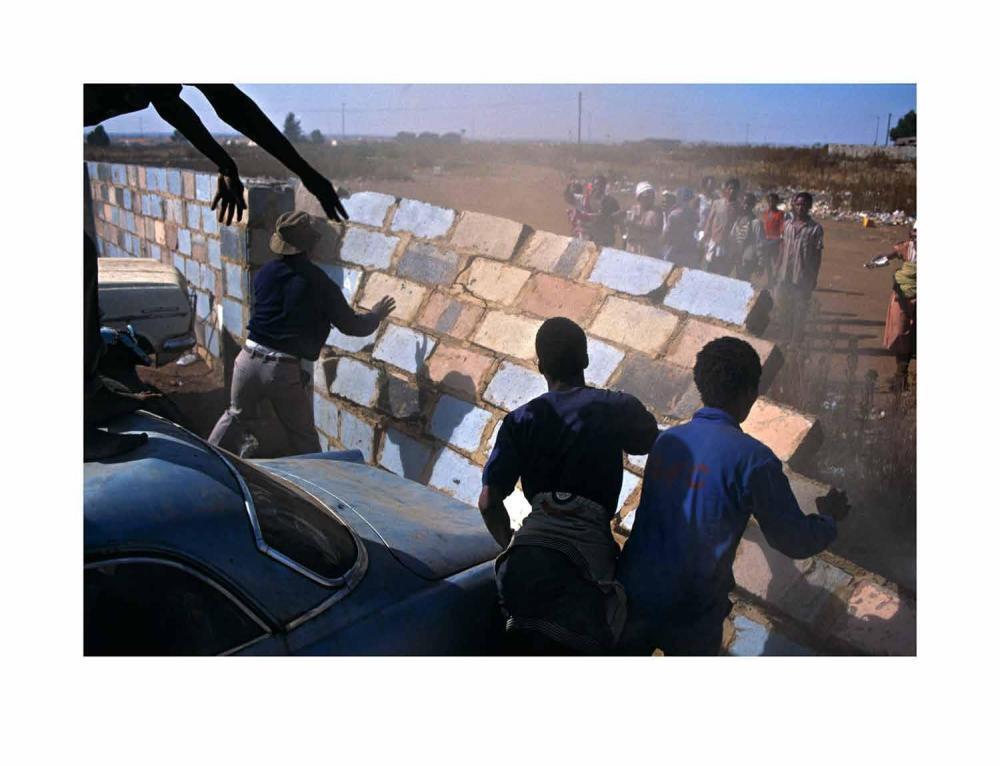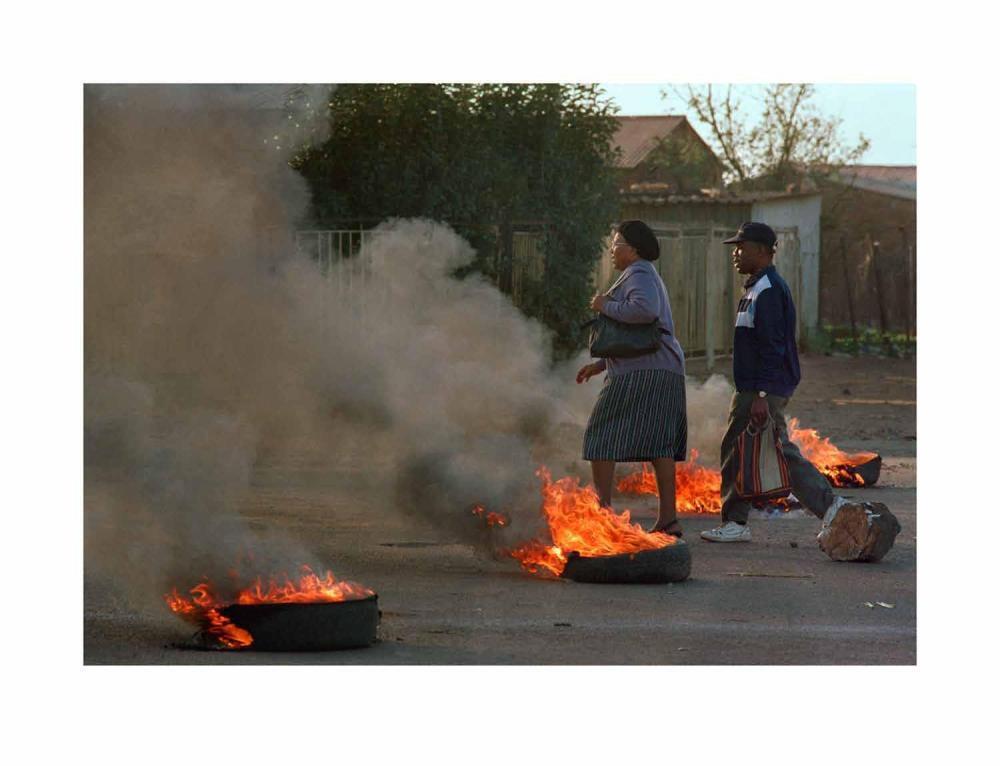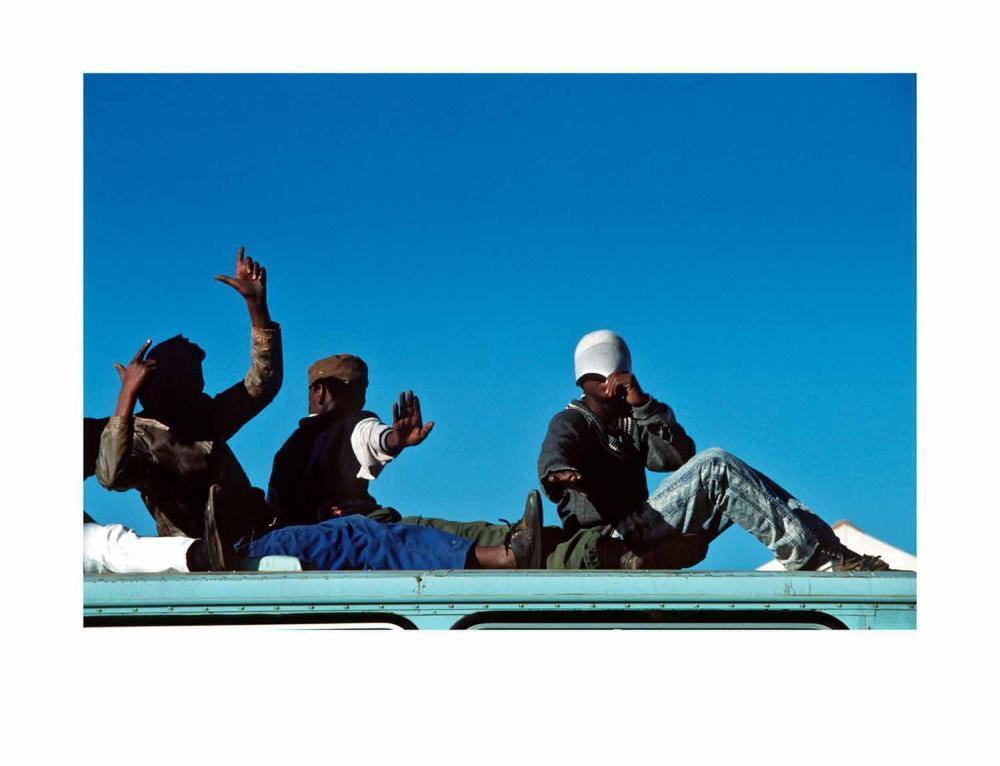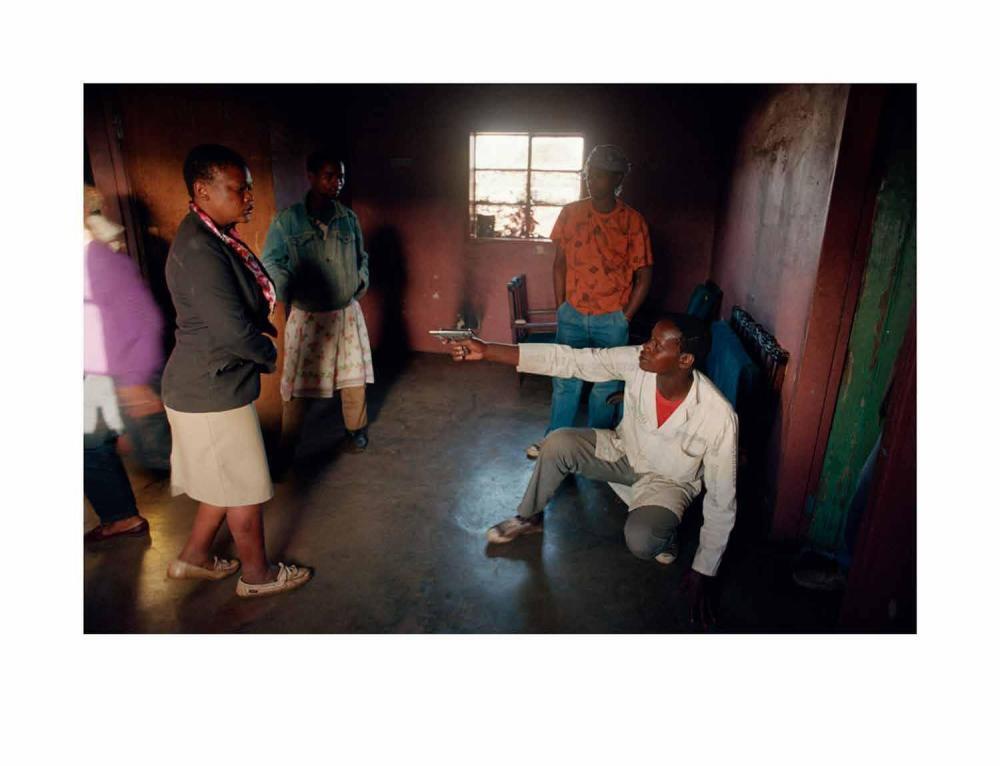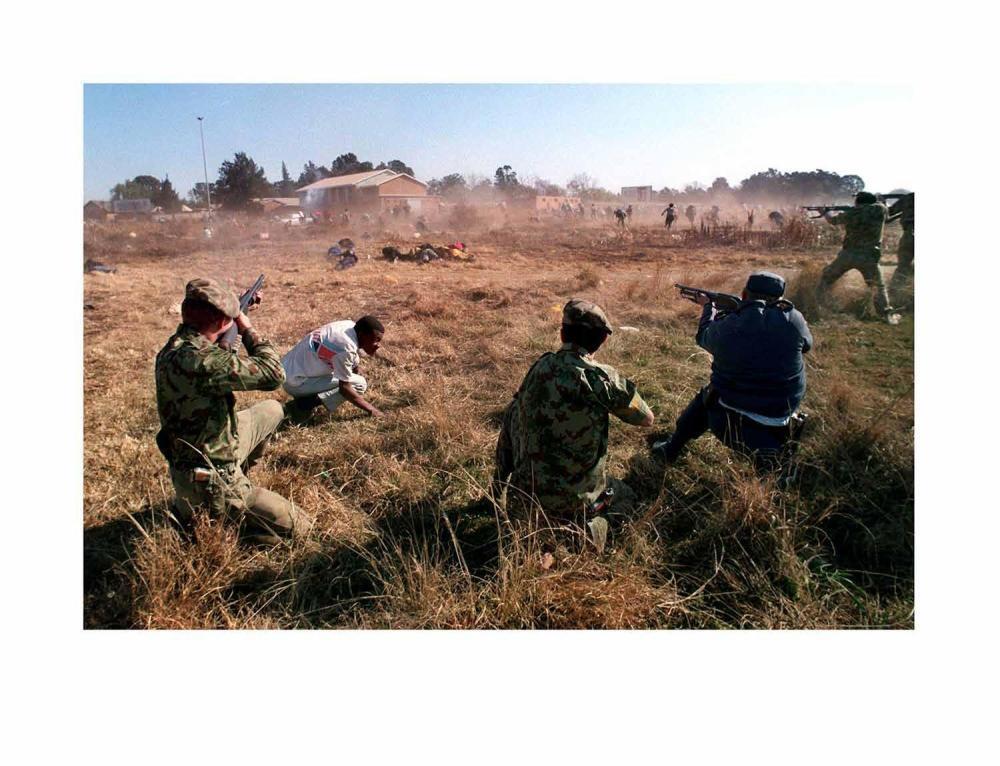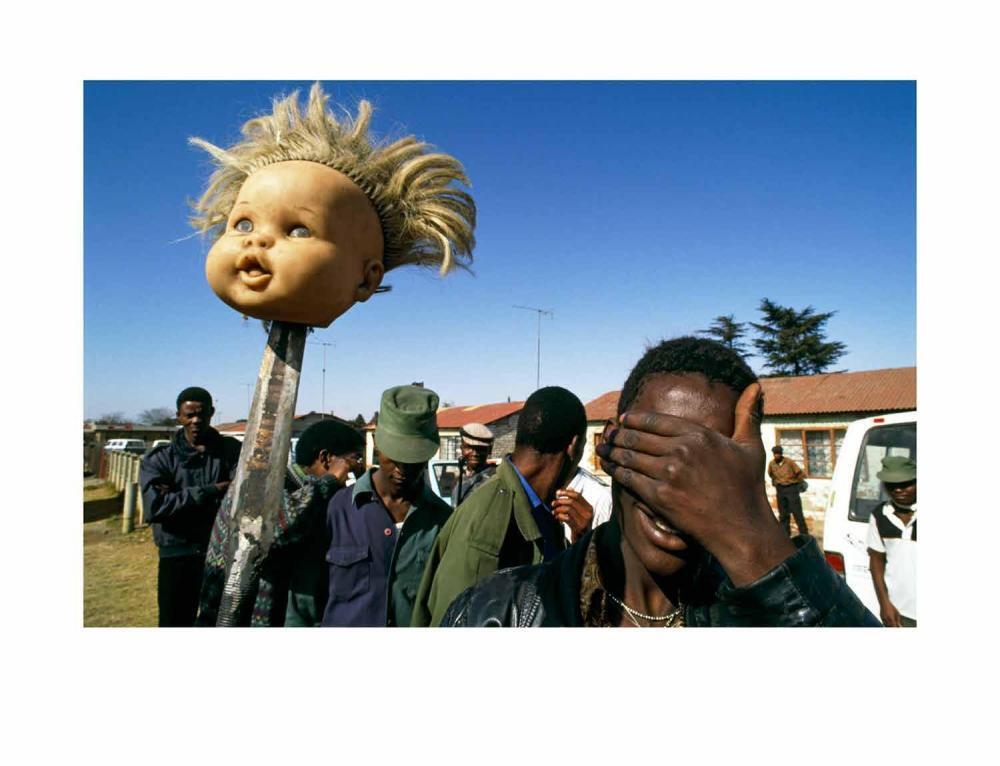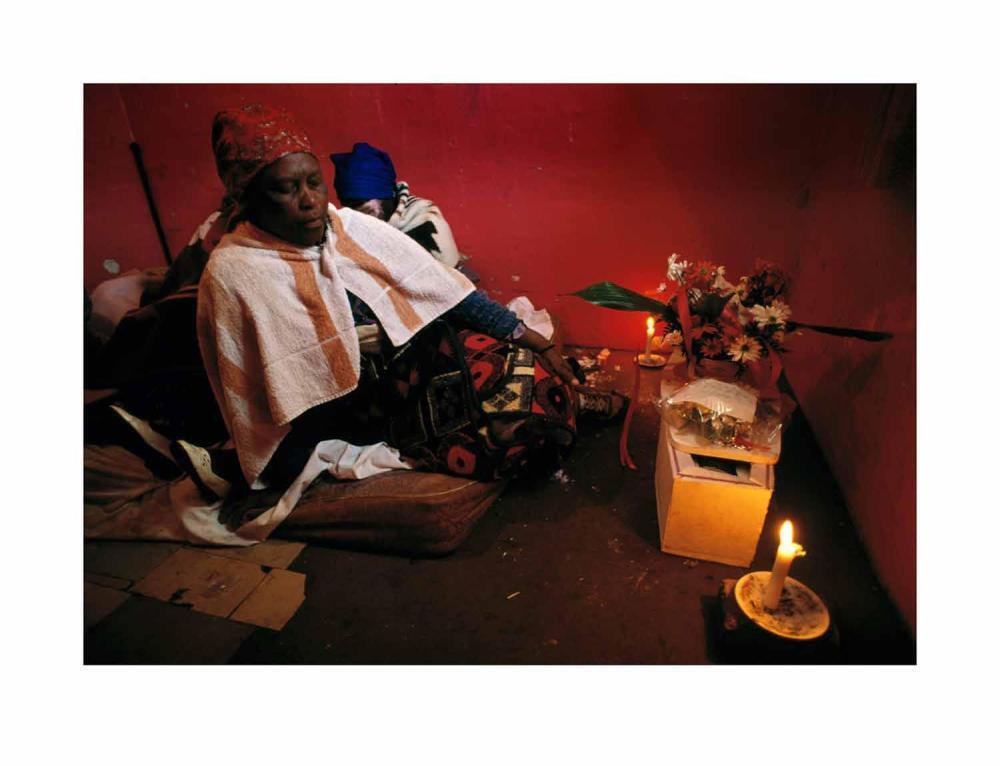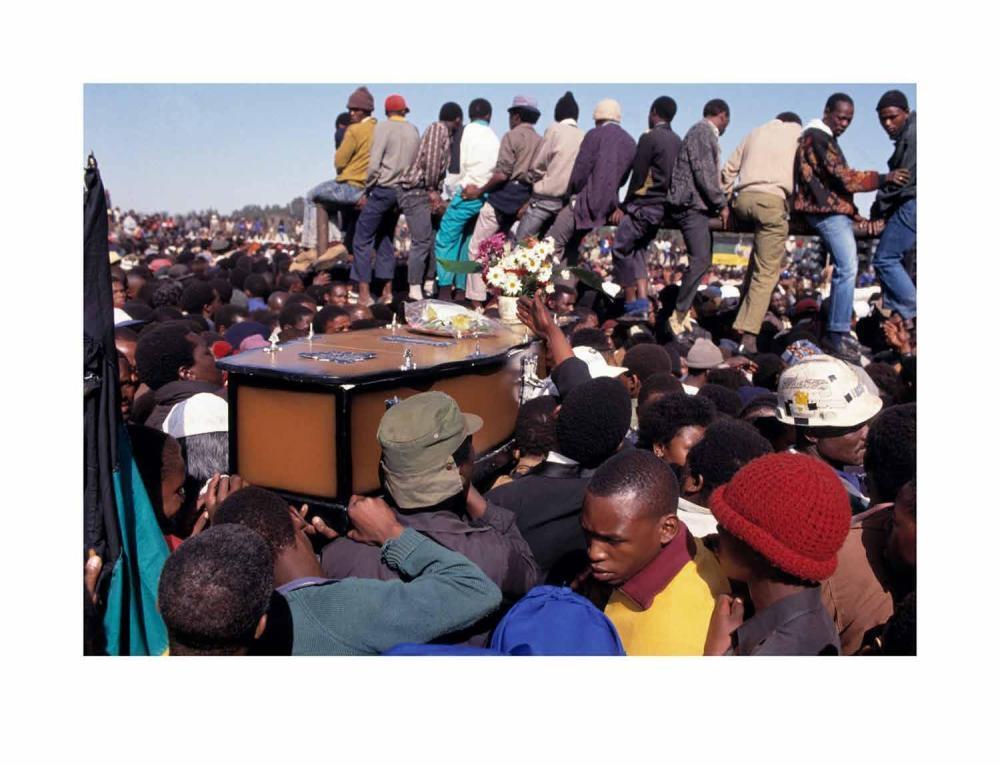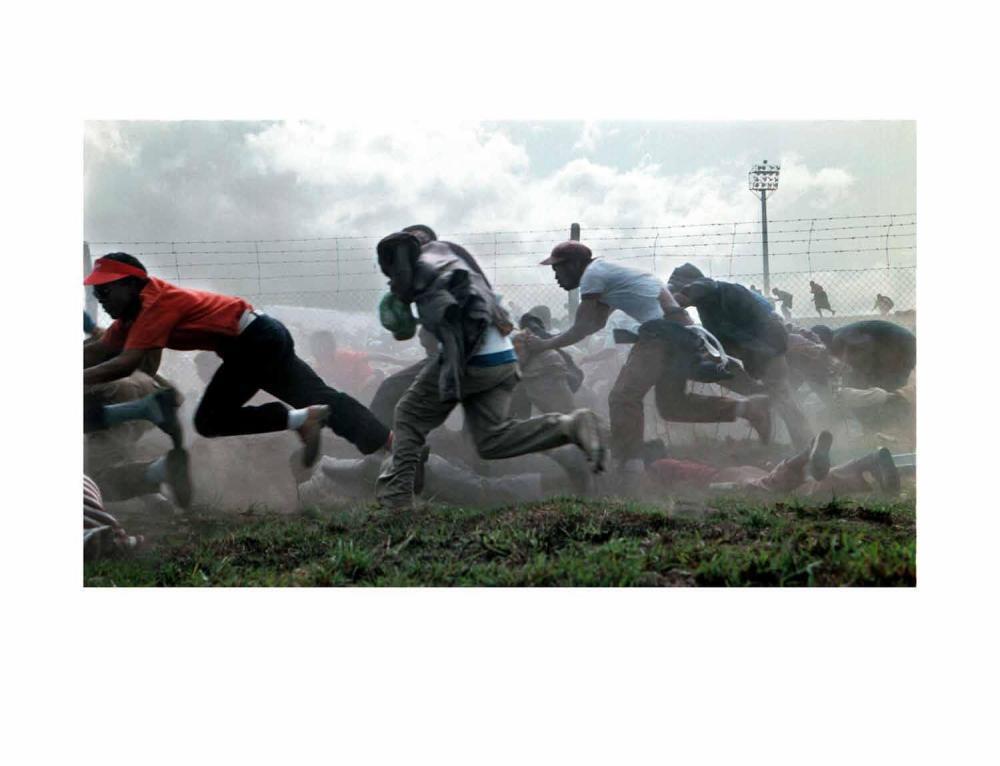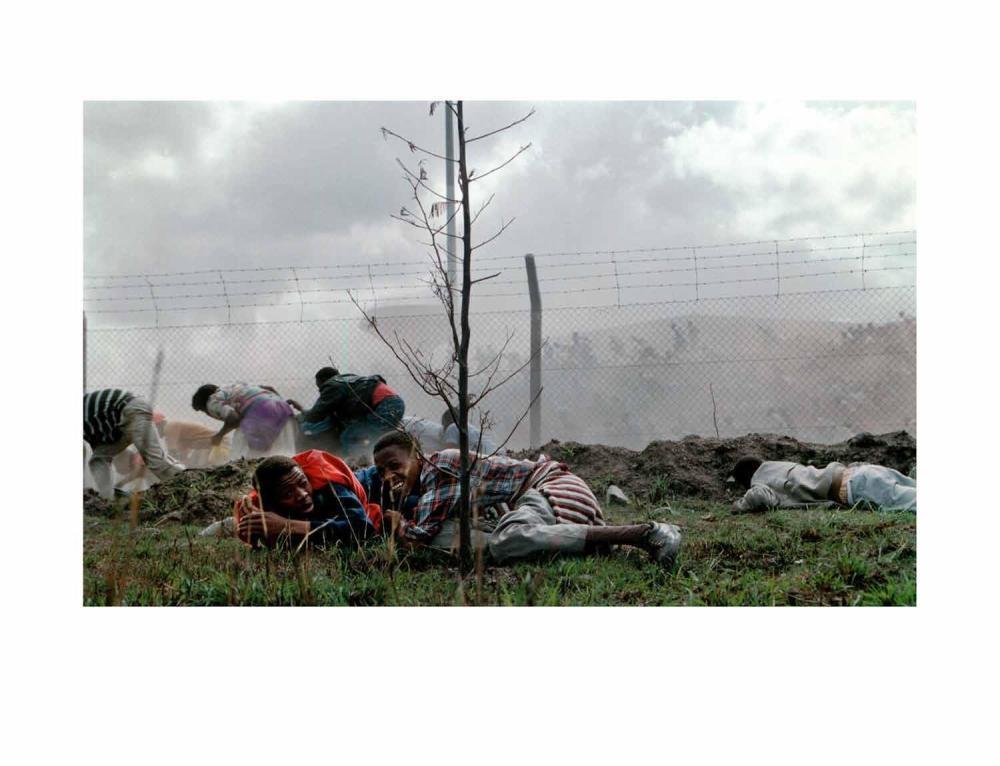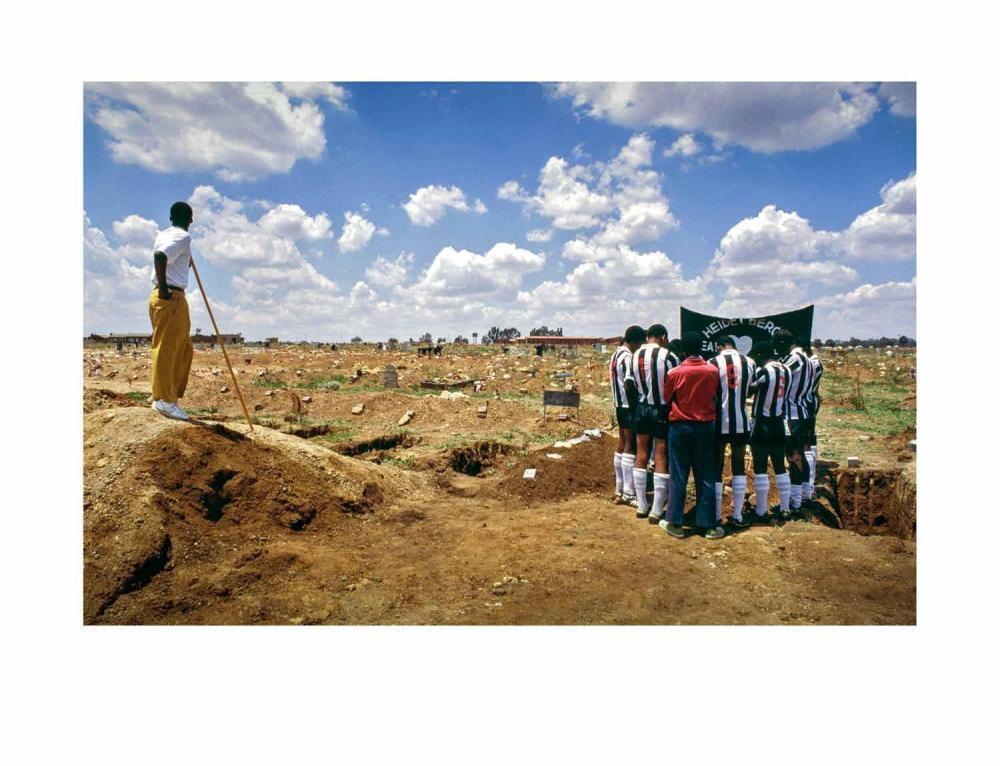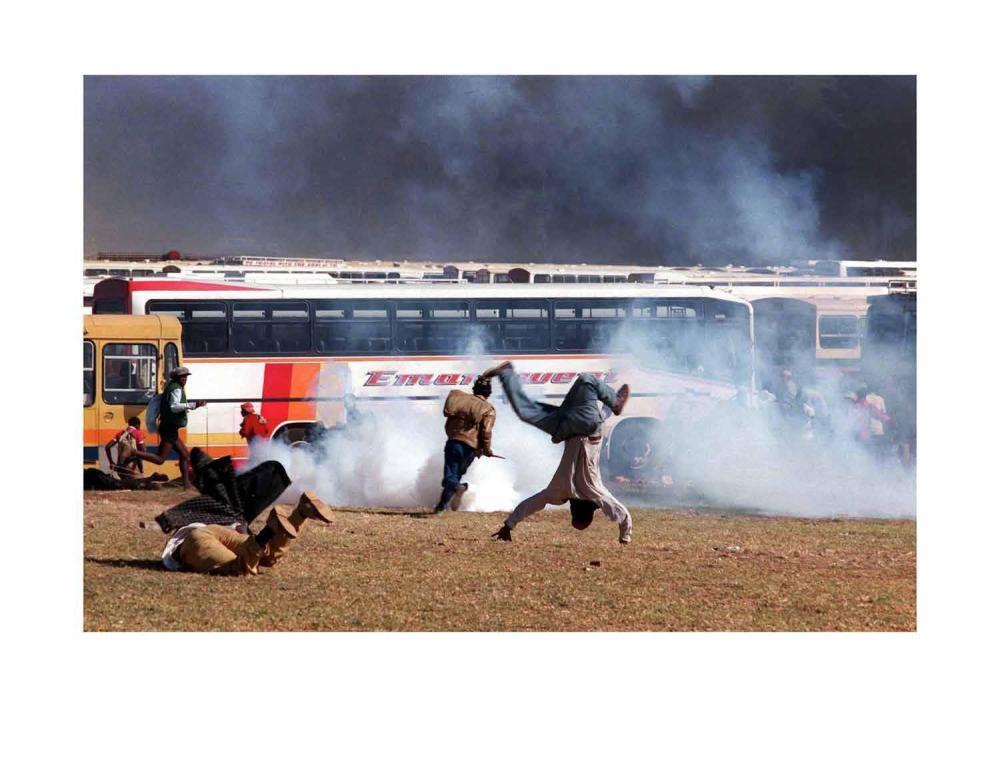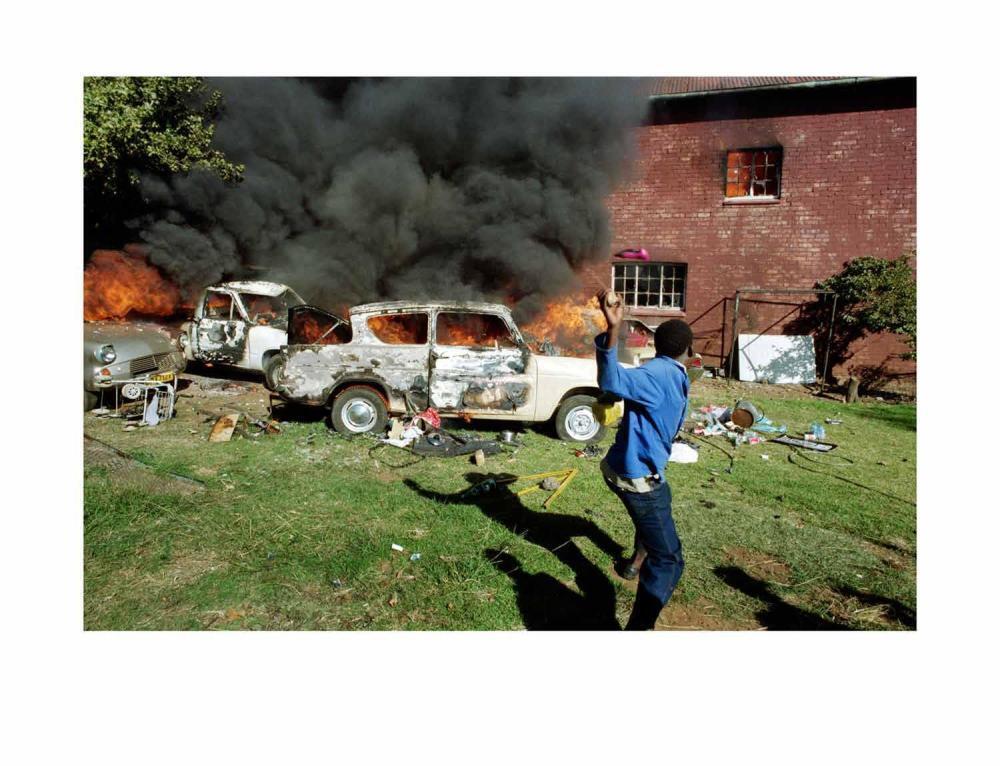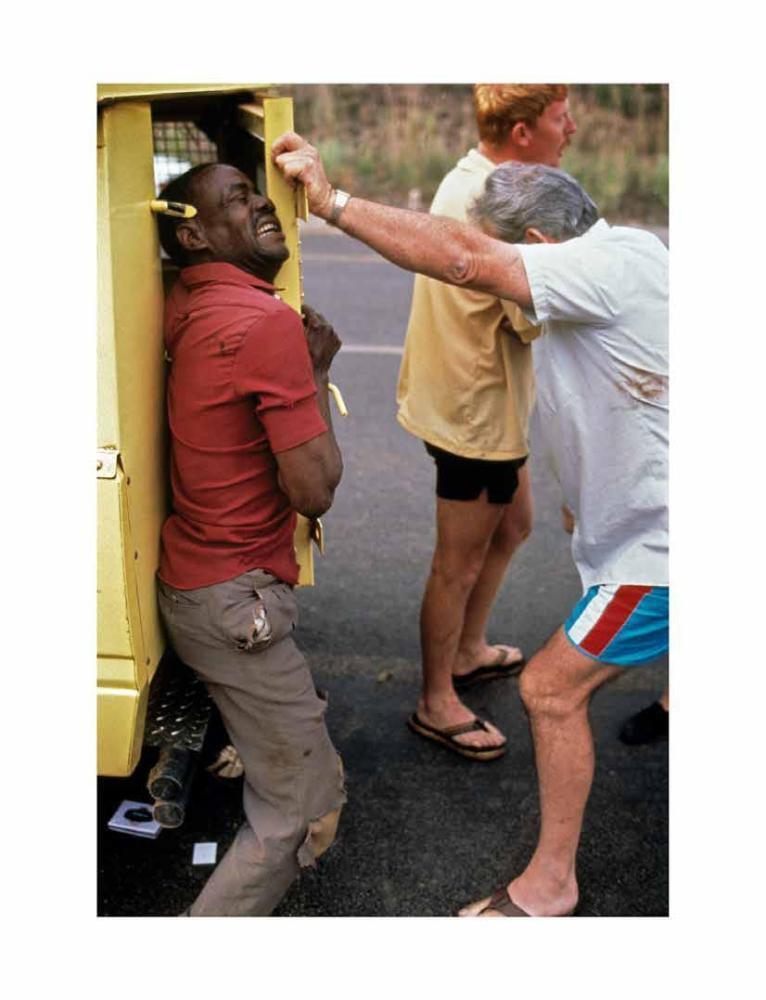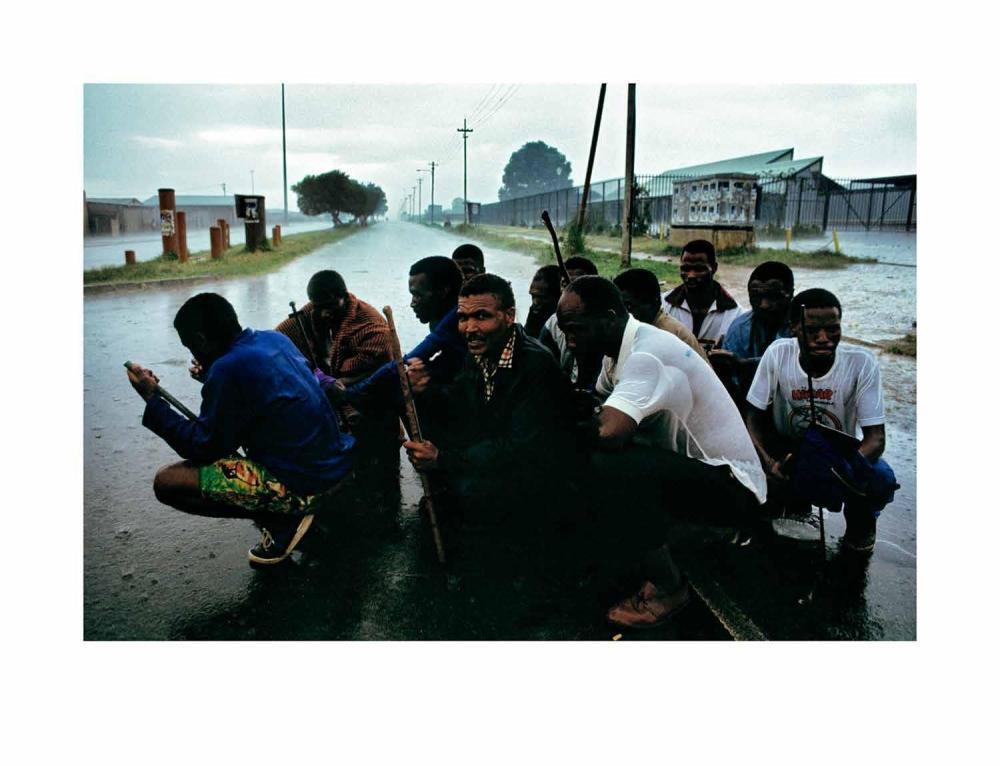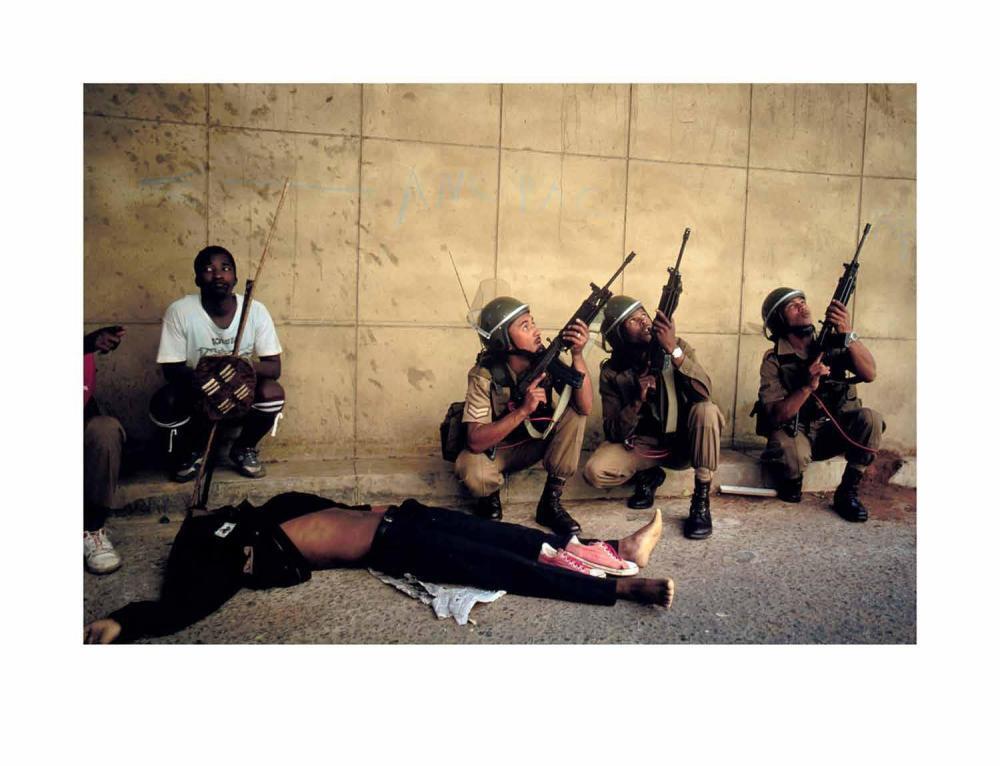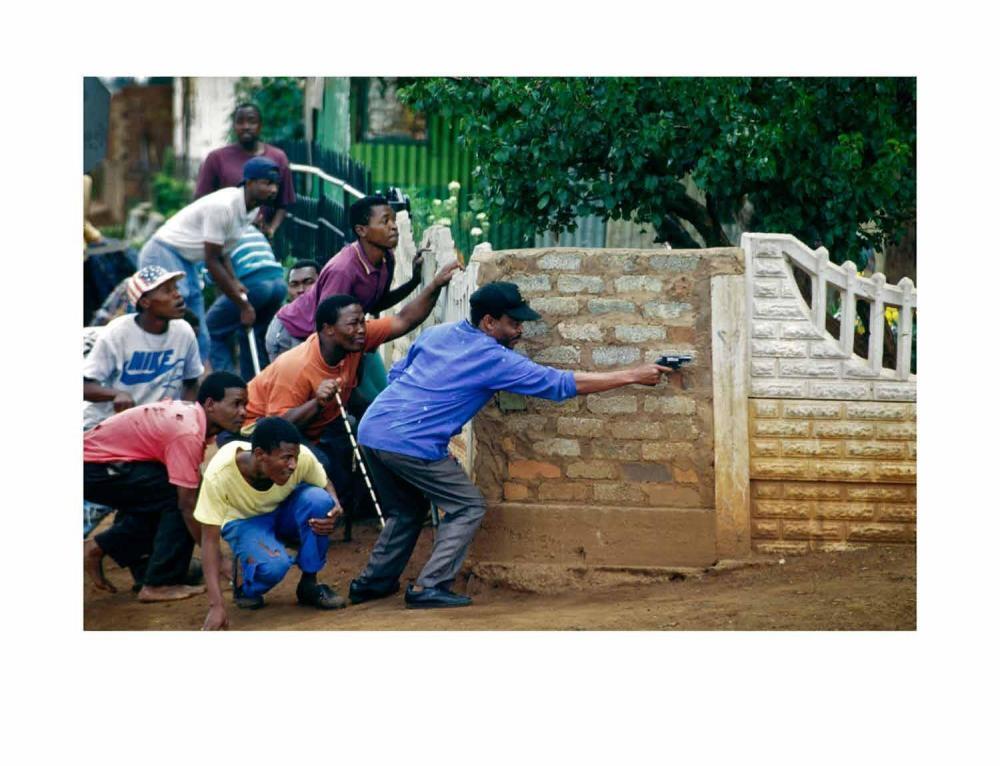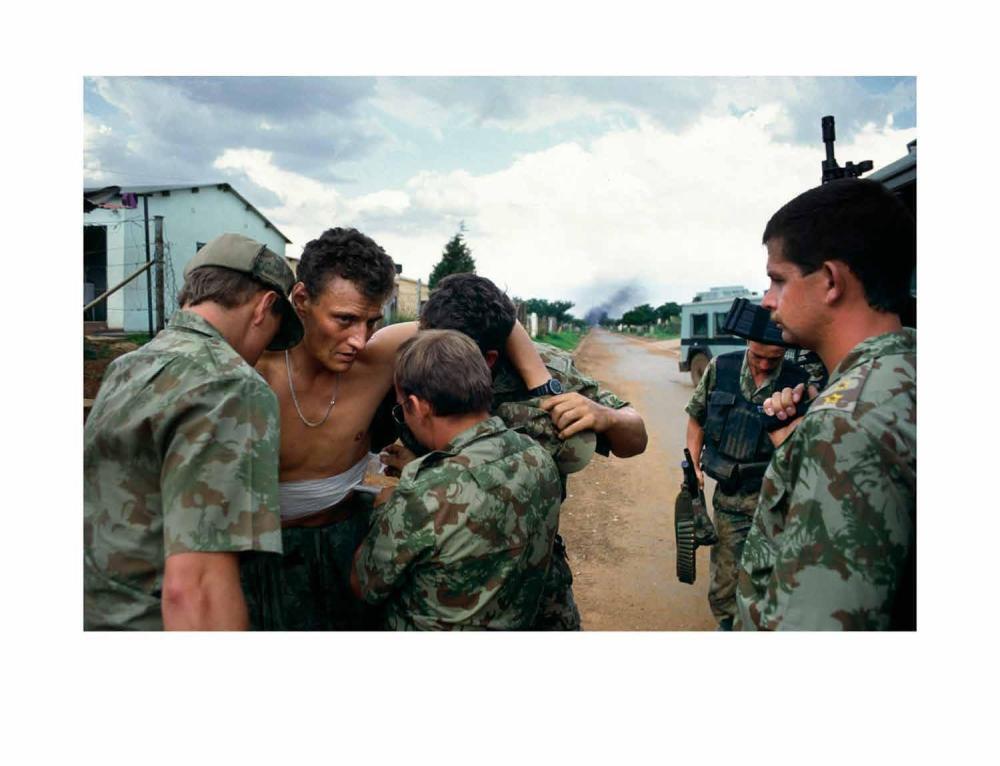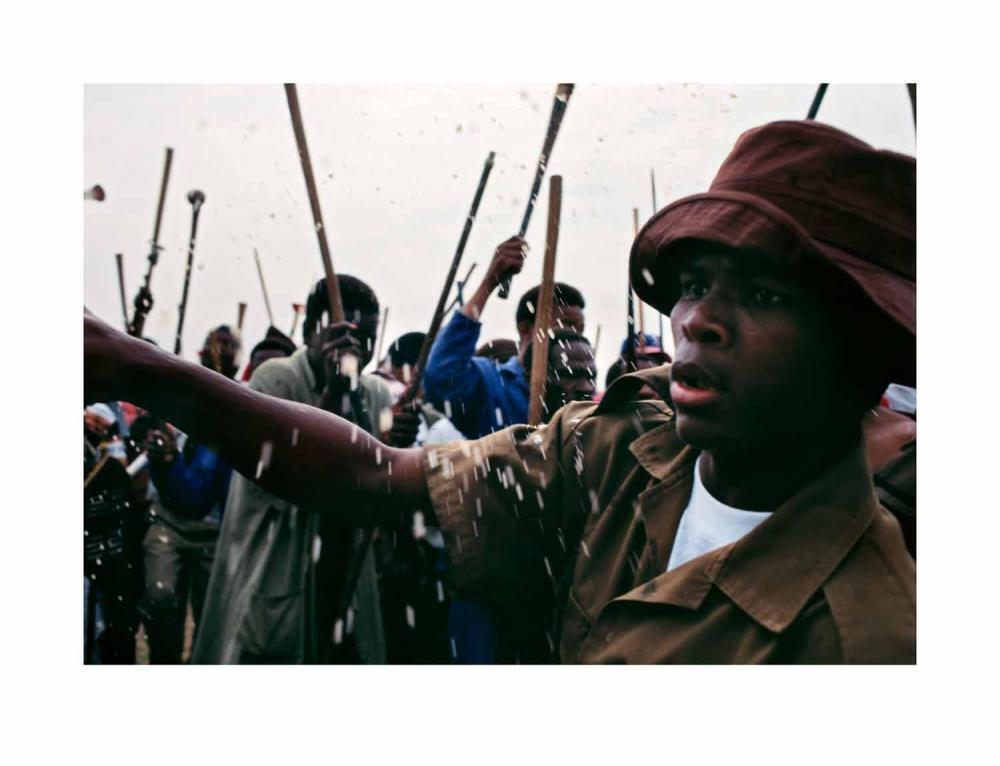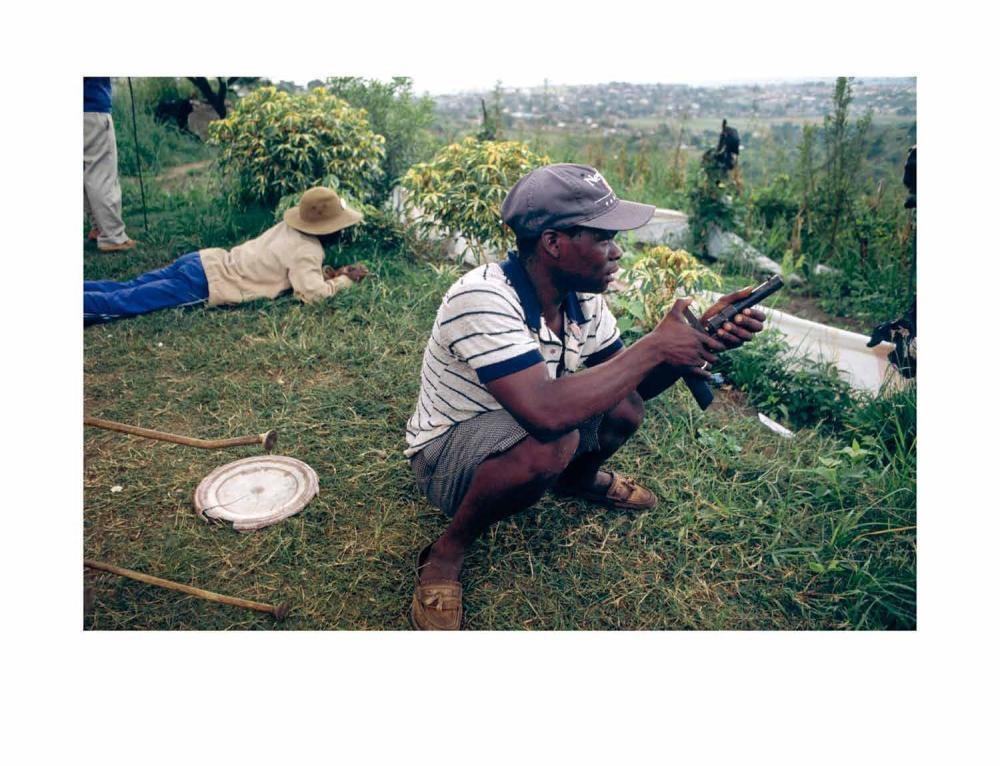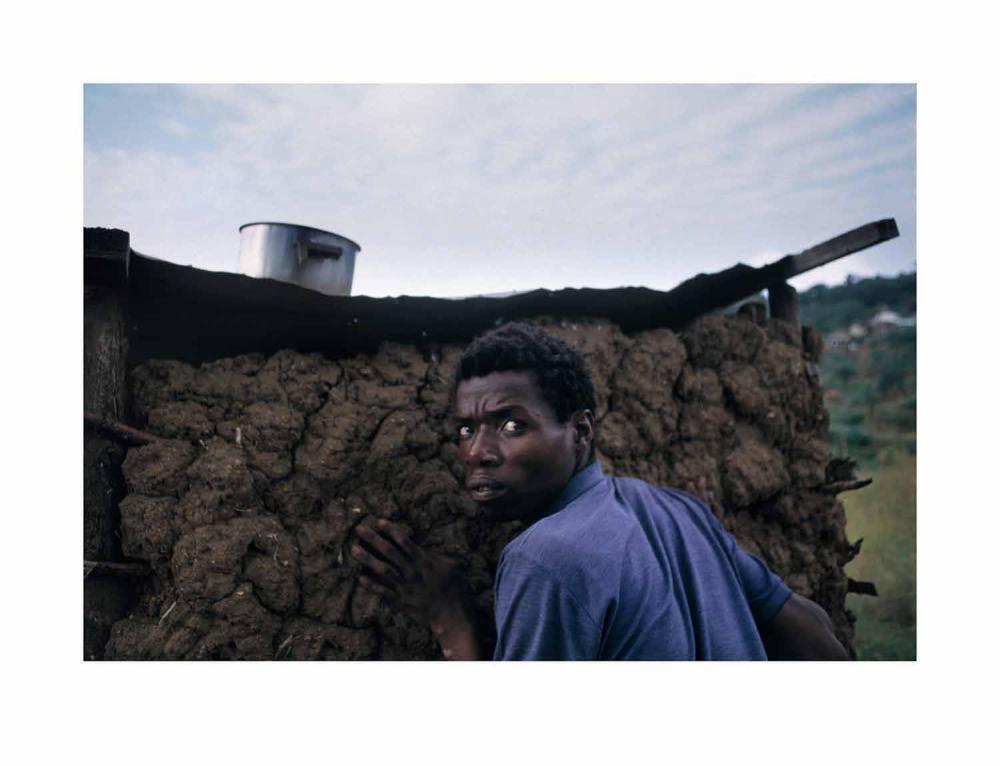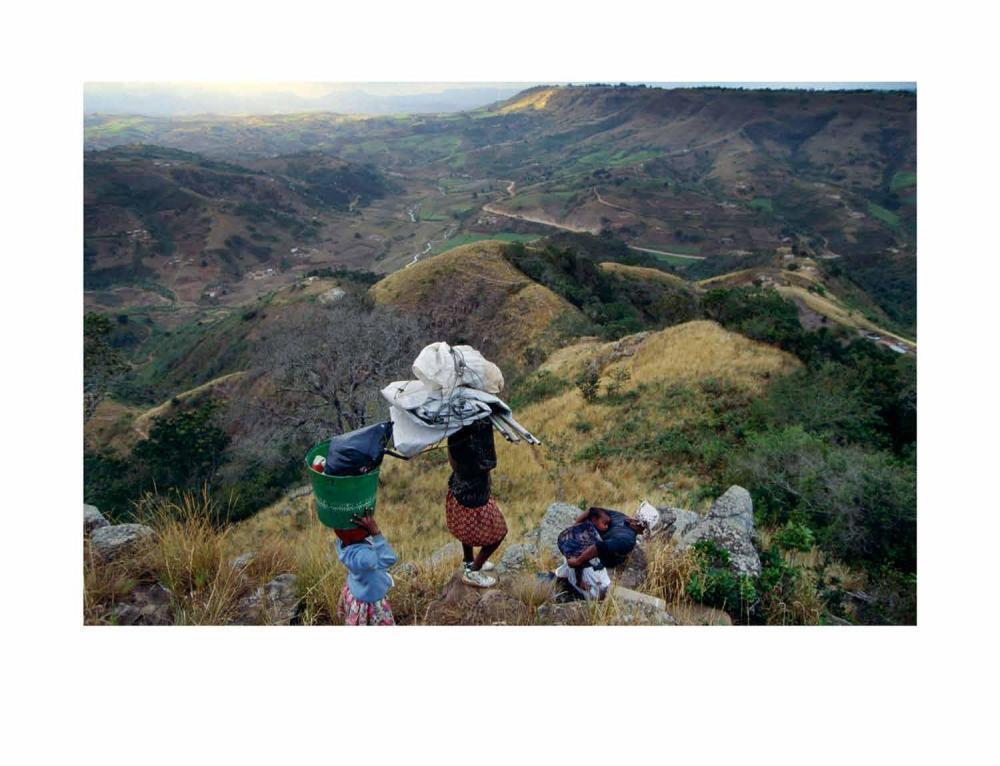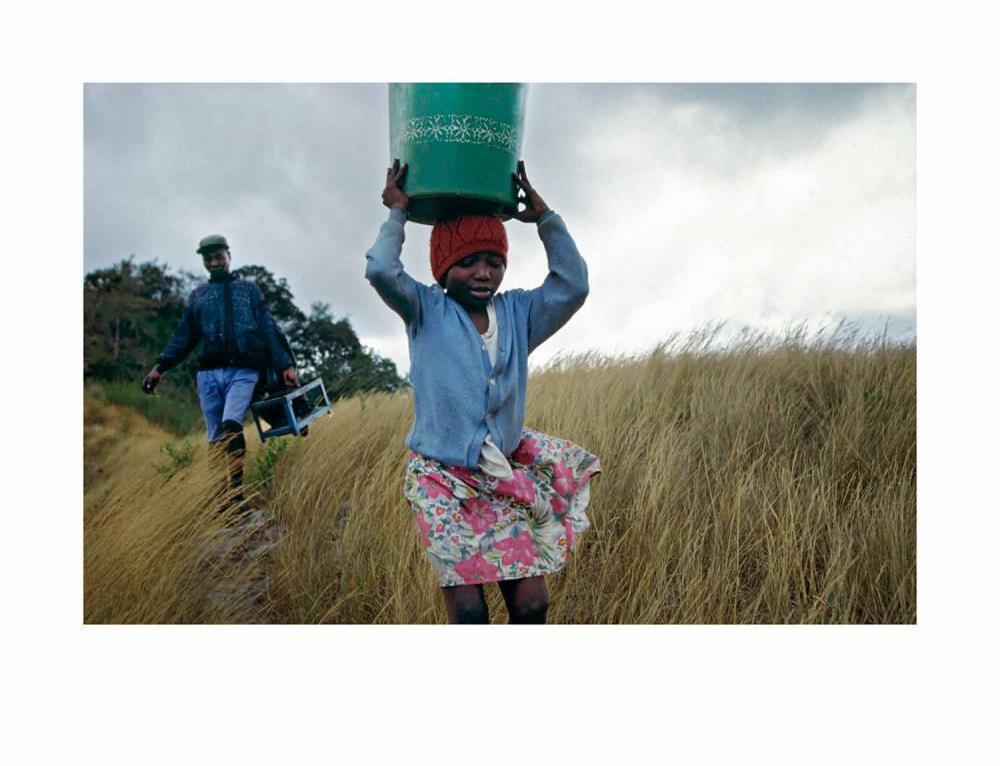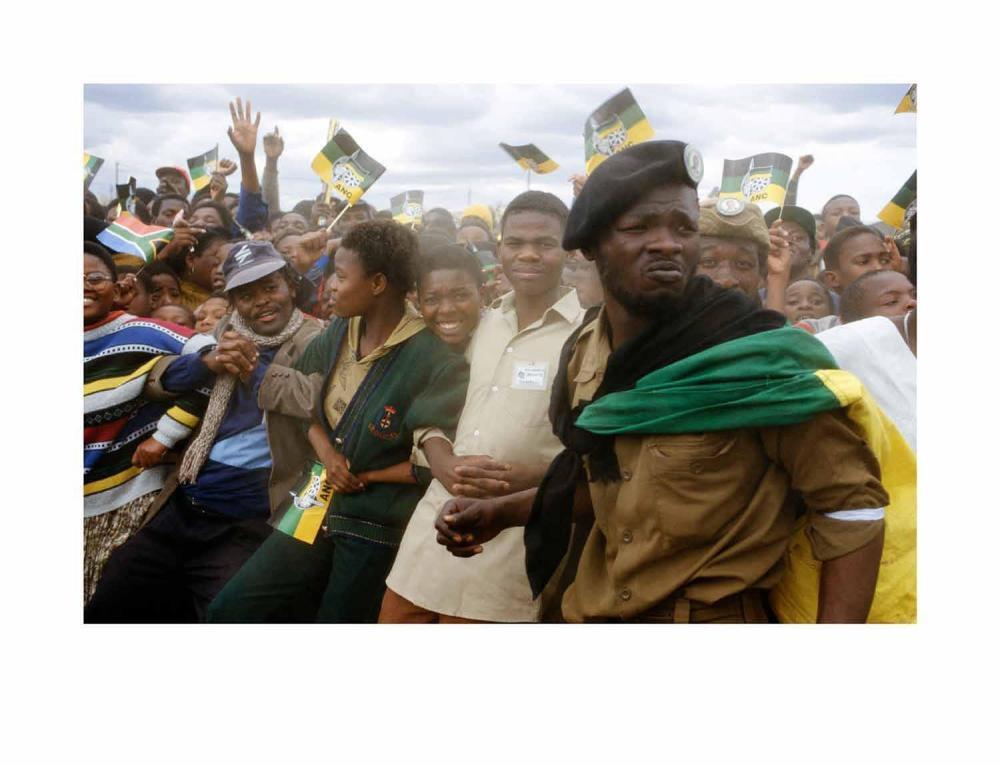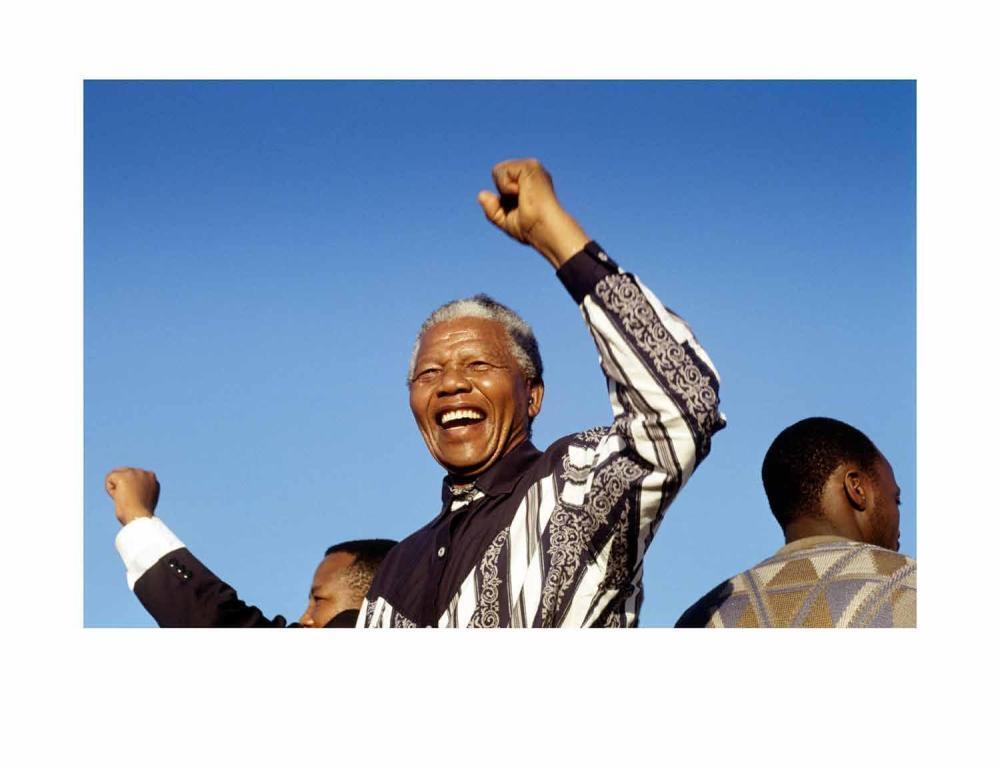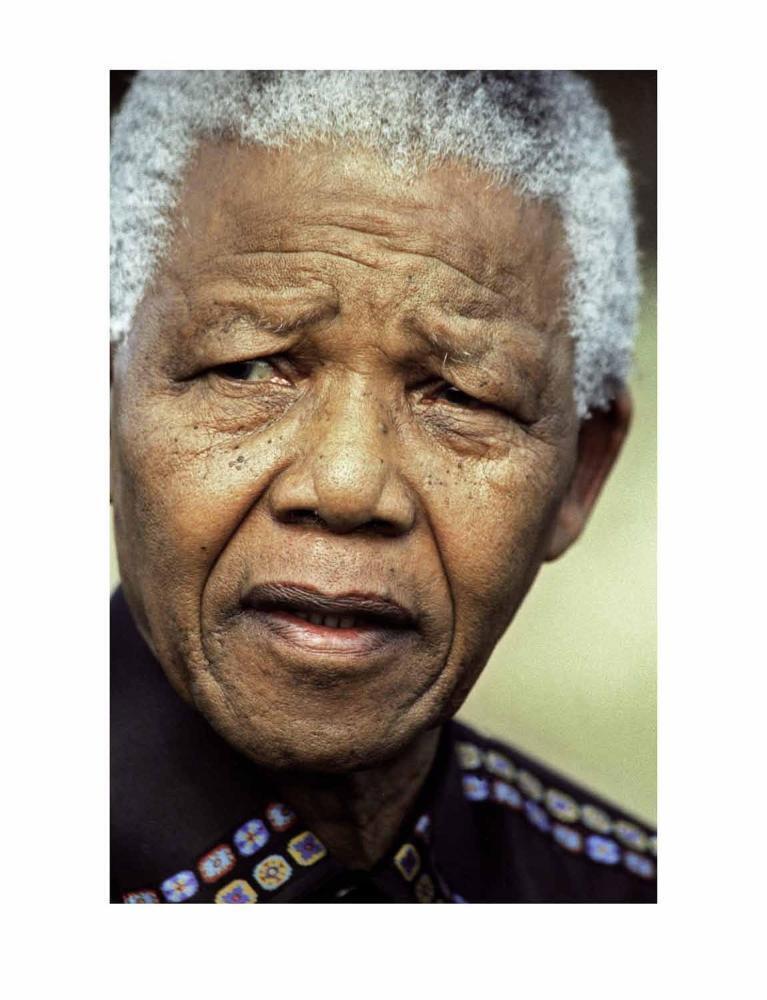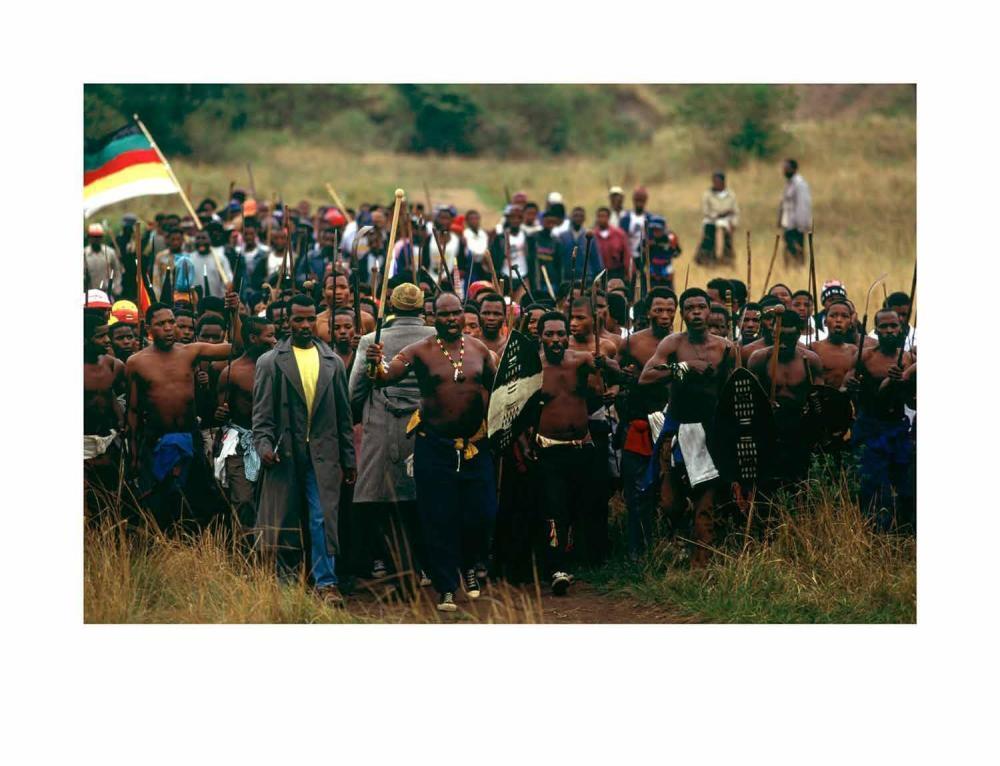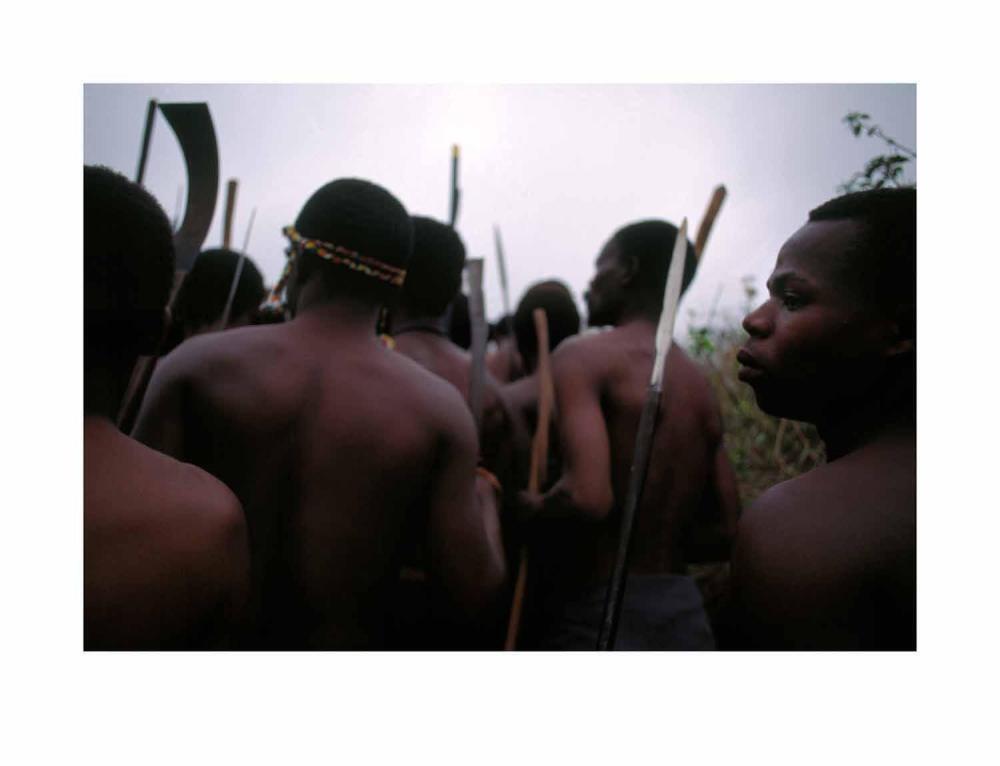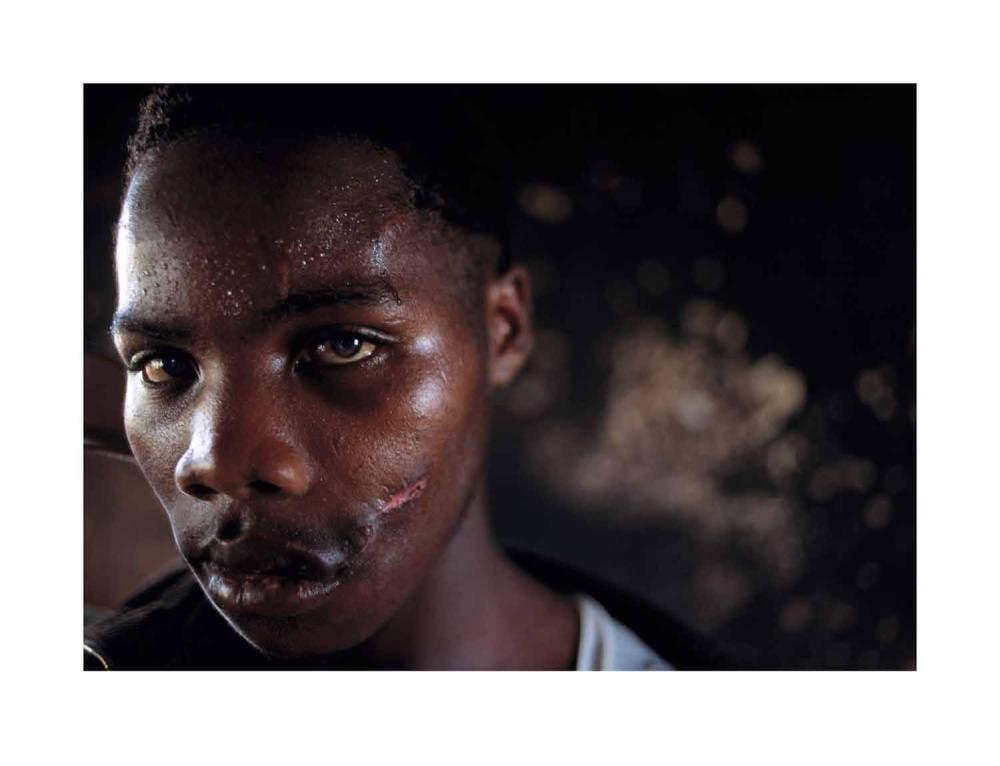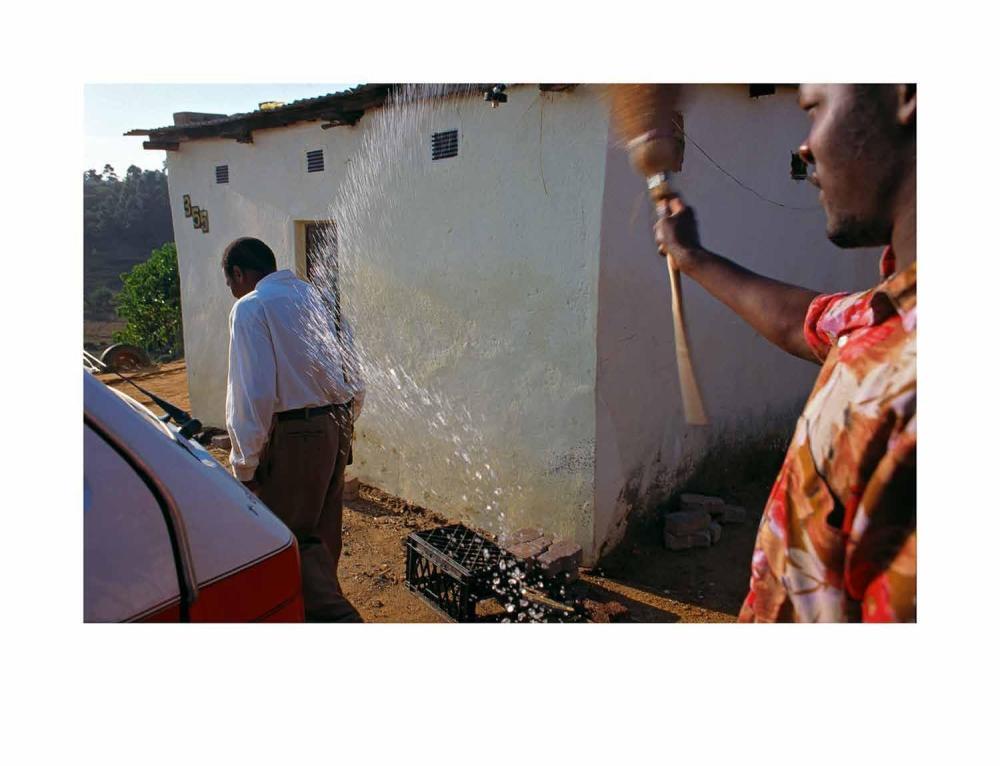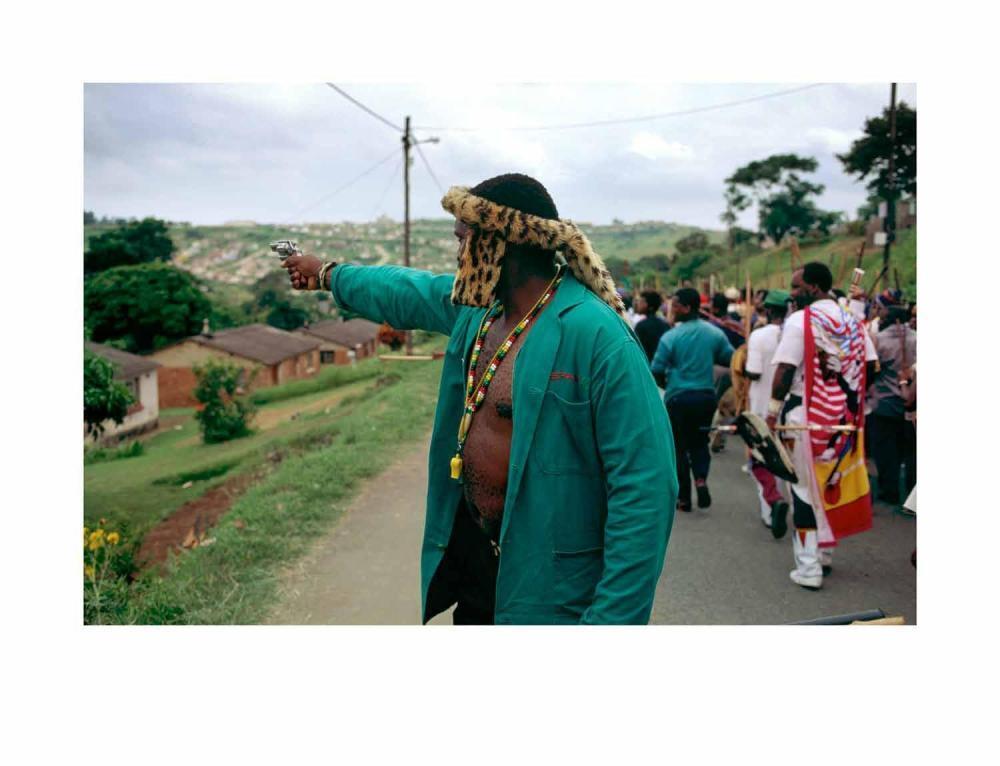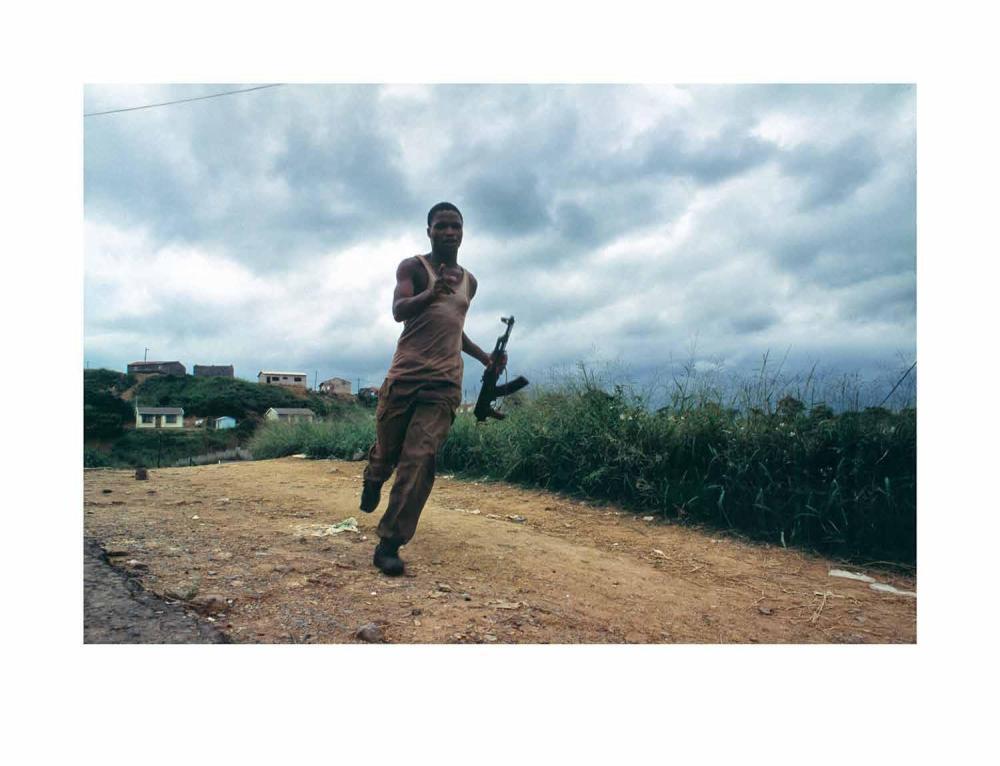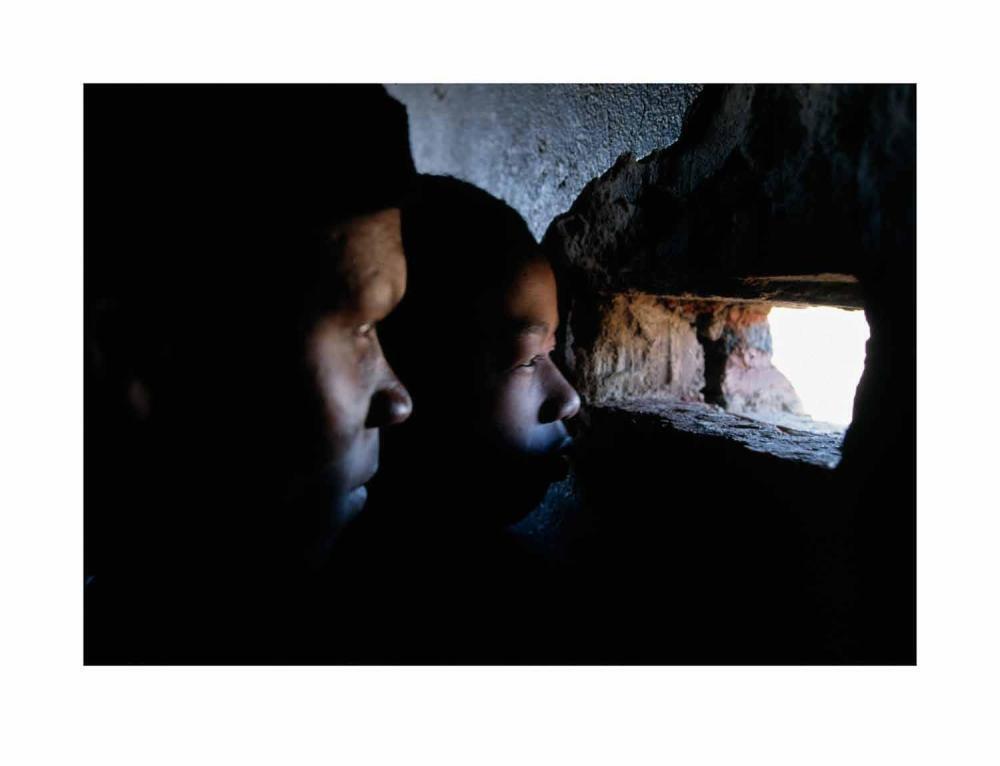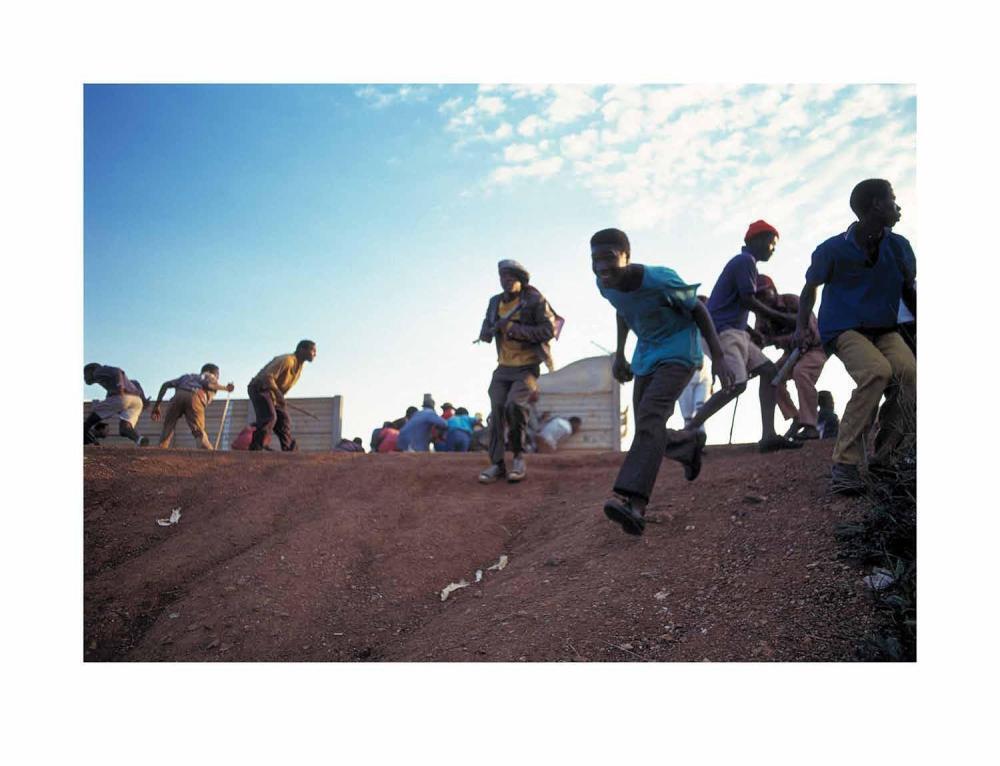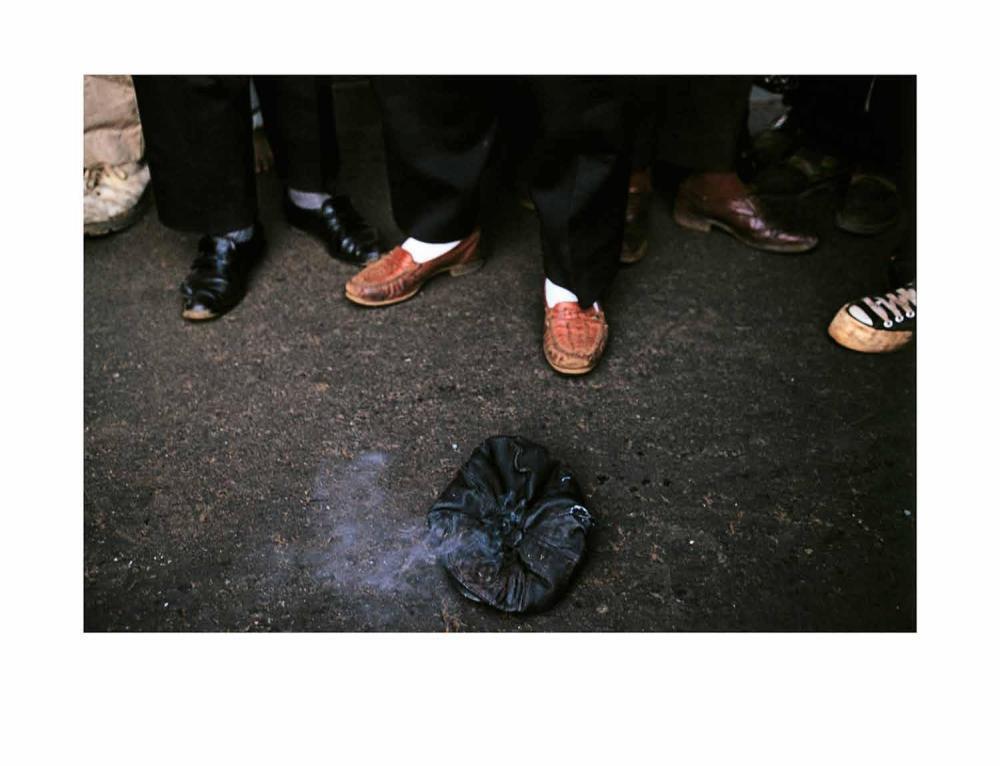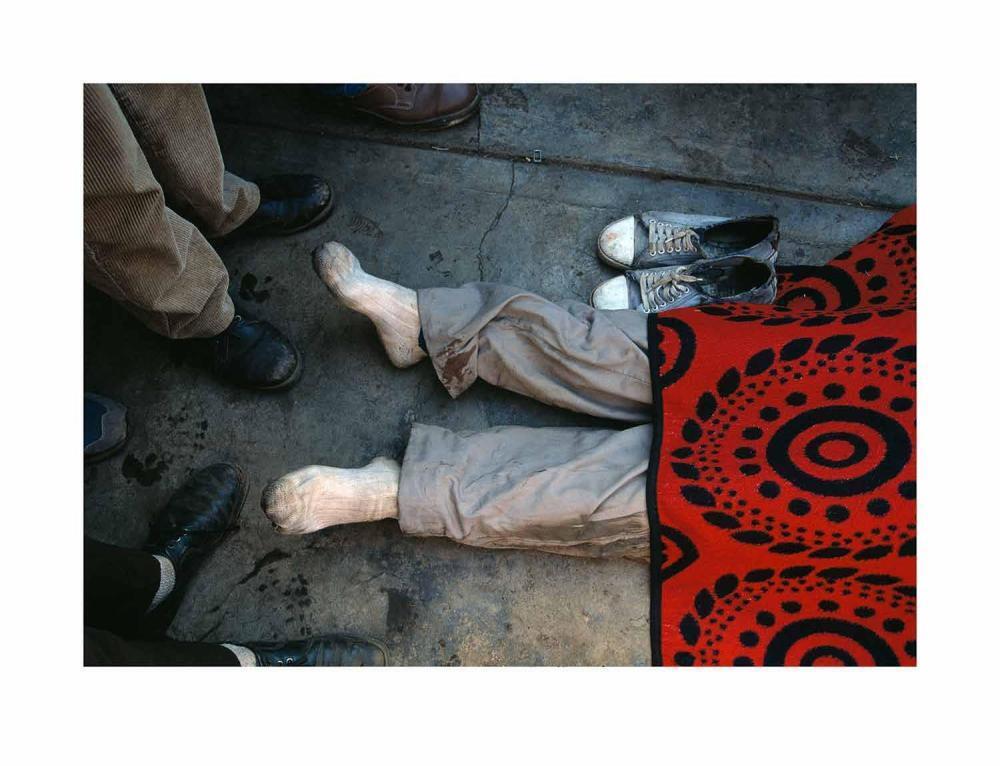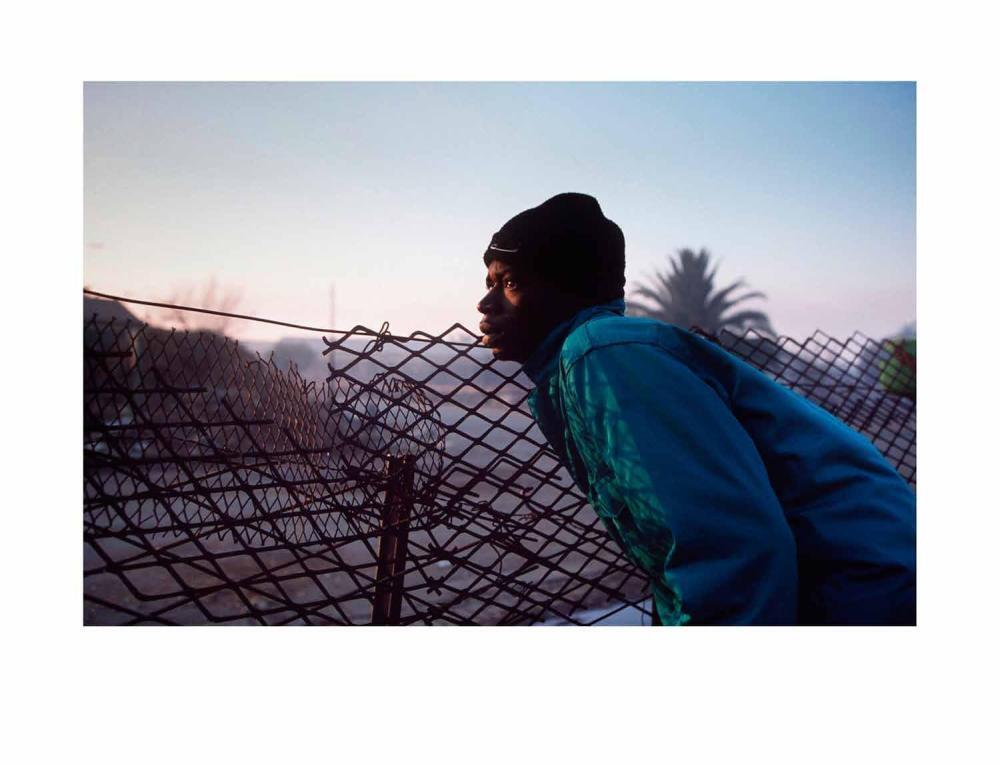Dead Zone
| Series information: | Greg Marinovich (1962-) A portfolio of 41 colour photographs The Dead Zone portfolio, compiled in association with Strauss & Co’s founding director Stephan Welz, offers a wide-ranging visual history of the internecine conflicts and violent strife that engulfed large parts of South Africa in the 1990s, showing the transition from apartheid to democracy. Following the unbanning of 33 political parties and release of political prisoners in 1990, in the protracted lead-up to non-racial elections in 1994, South Africa teetered on the brink. The topography of war in this portfolio includes a cramped Thokoza hostel, a rain-soaked street in Duduza west of Nigel, a Bantustan capital in the Eastern Cape, a rural valley north of Durban, and Shell House in Jeppe Street, Johannesburg. In a 1994 article for Leadership magazine, Marinovich collectively described these places as the “dead zone”. By his reckoning, Marinovich covered a dozen massacres during the 1990s, being an event marked by the indiscriminate and brutal slaughter of many people. Marinovich later discovered a Truth and Reconciliation Commission report that spoke of 122 massacres in the Pretoria, Greater Johannesburg and Vaal Triangle area between 1990 and 1992 alone. “There is so much that wasn’t covered,” he says. While Thokoza, a working-class settlement southeast of Johannesburg, may well be a “forgotten battlefield from a forgotten conflict” – as Marinovich proposes in a caption – his photographs offer unflinching witness to the painful becoming of a nation. They are a reminder of what was sacrificed by ordinary people to achieve liberation. This work extended into our current time, with Marinovich’s investigative coverage of the Marikana Massacre and the subsequent book, Murder at Small Koppie that won the Alan Paton Award for non-fiction in 2017. The portfolio was donated to the Constitutional Court Trust by the Dippenaar Family Trust in 2018. |
